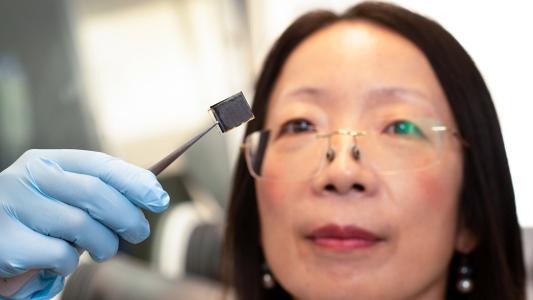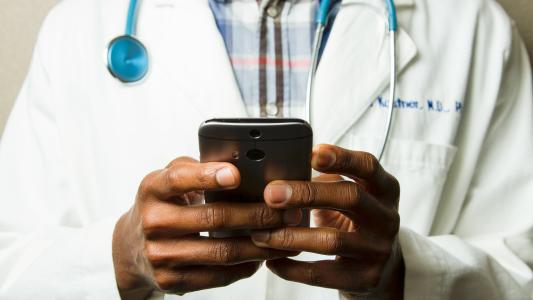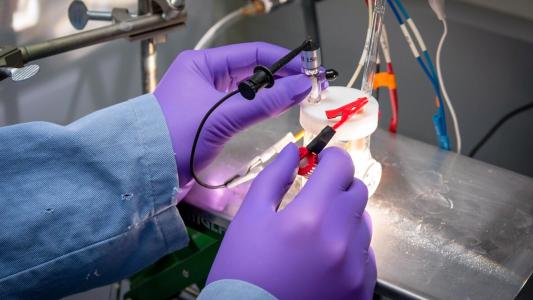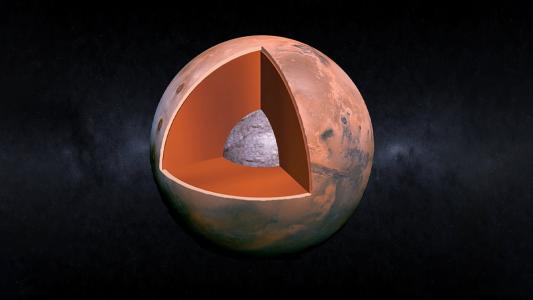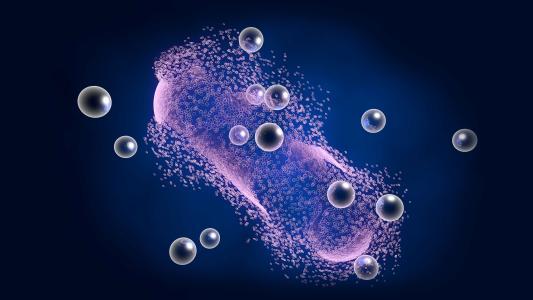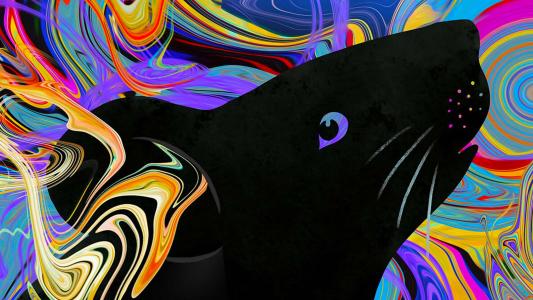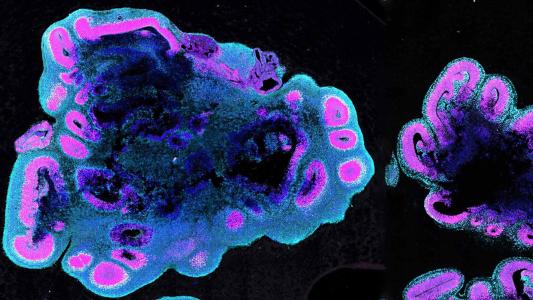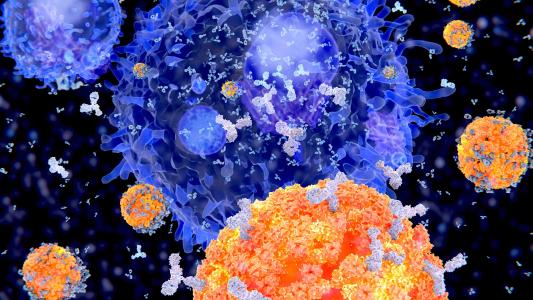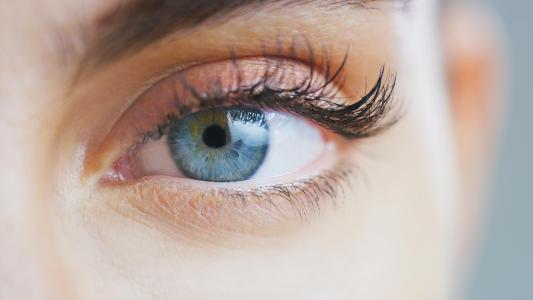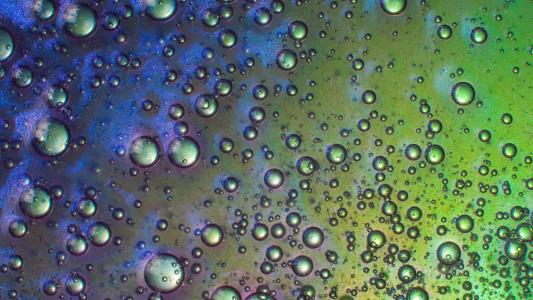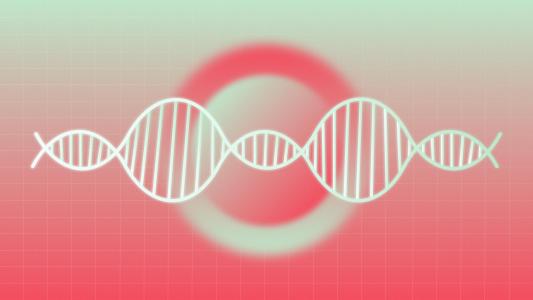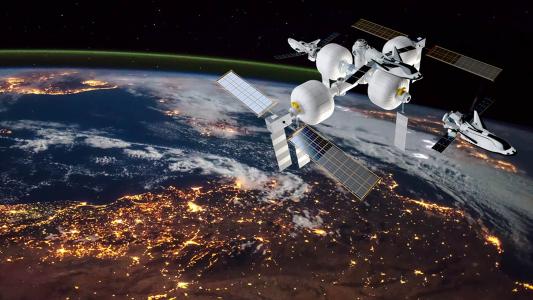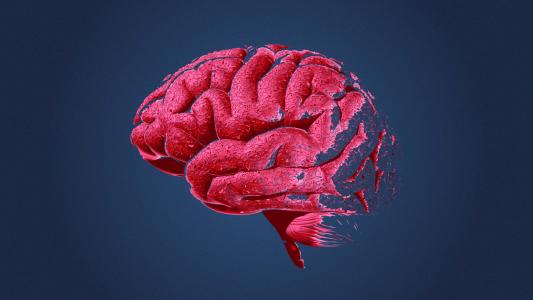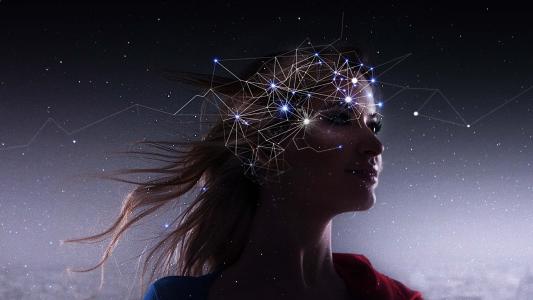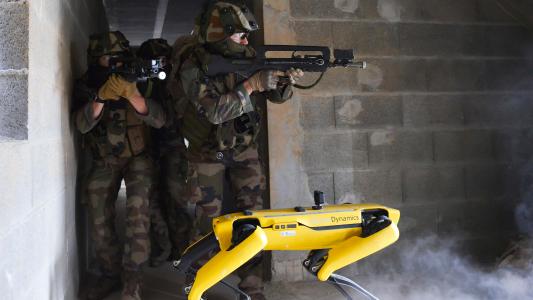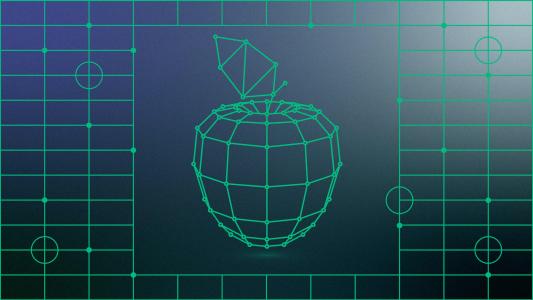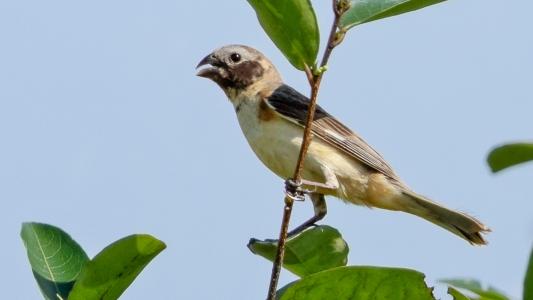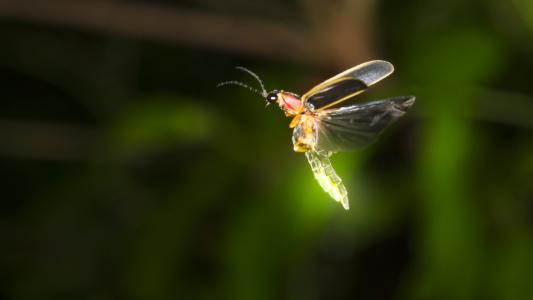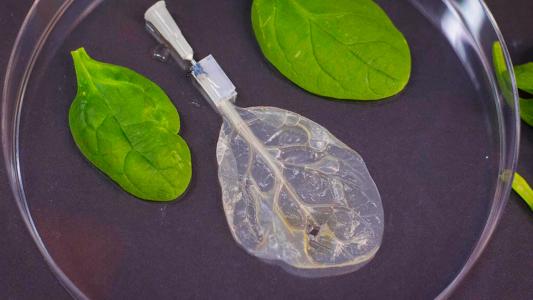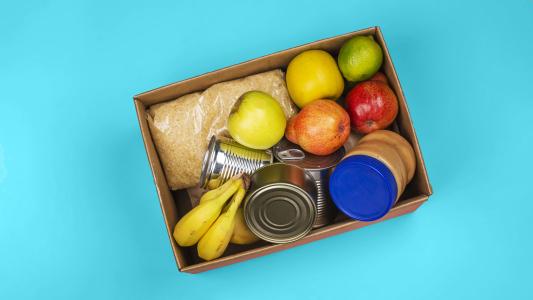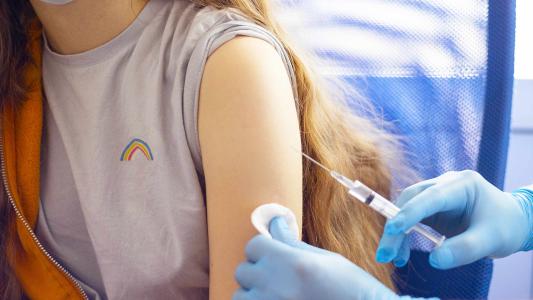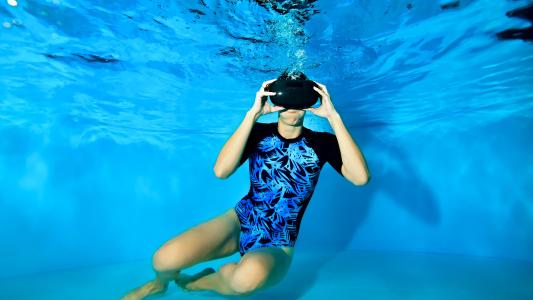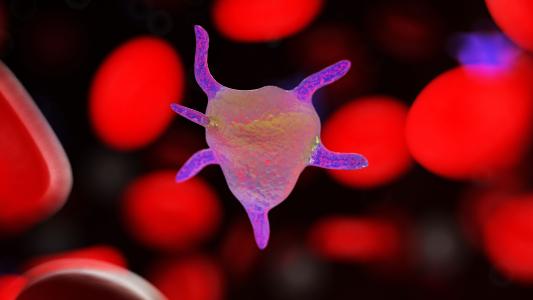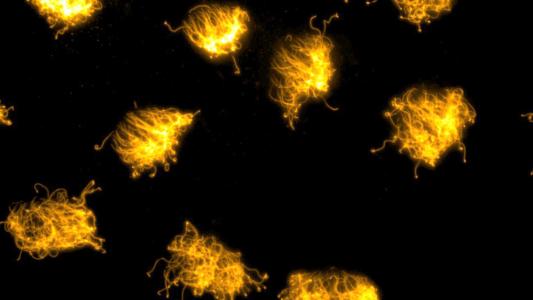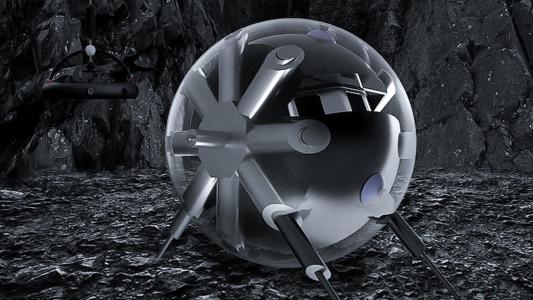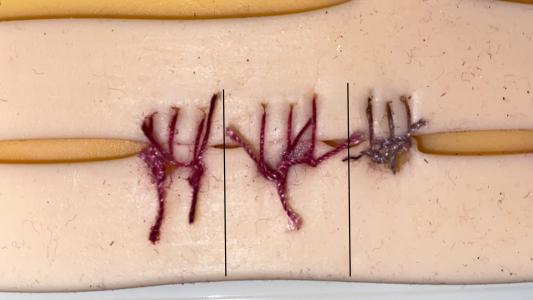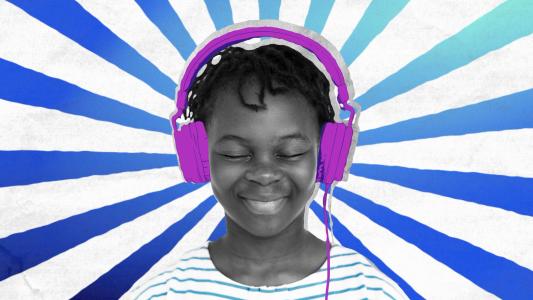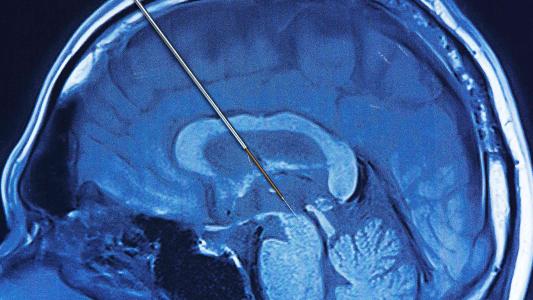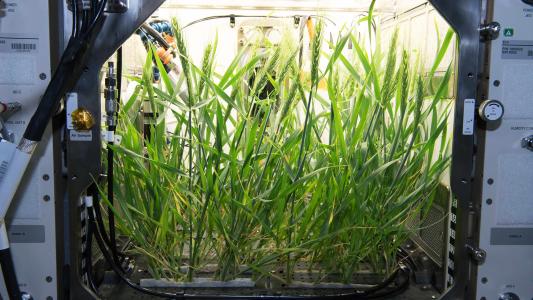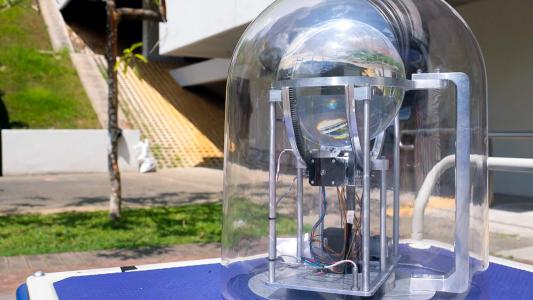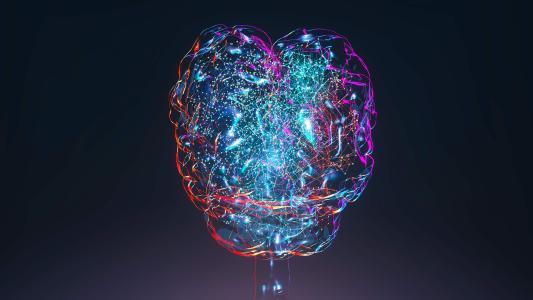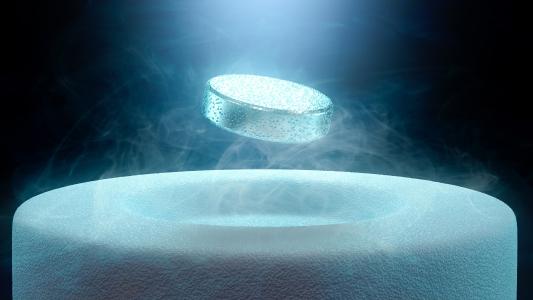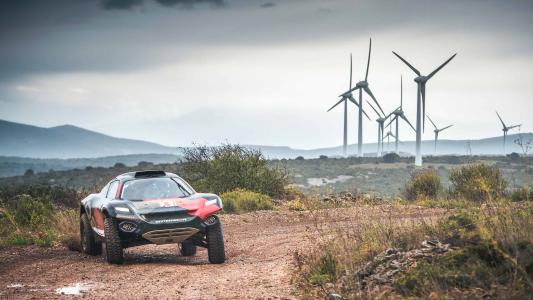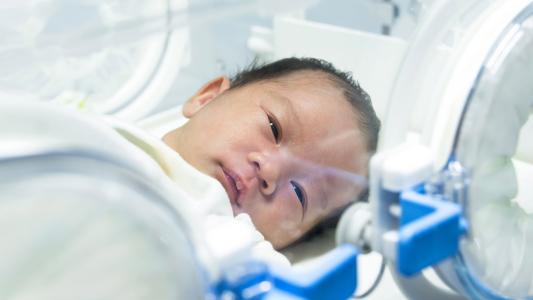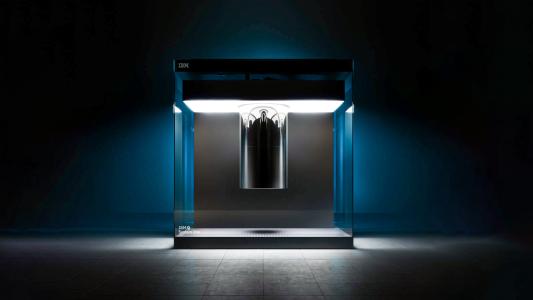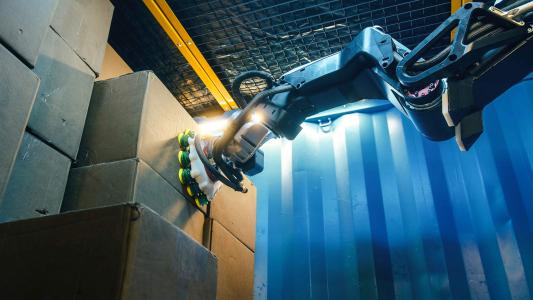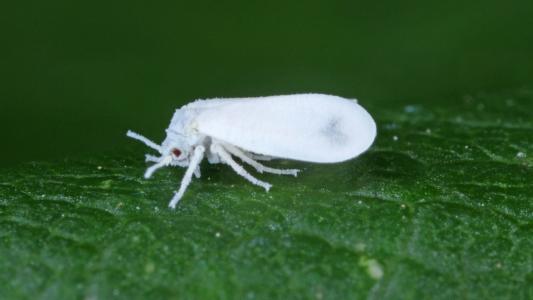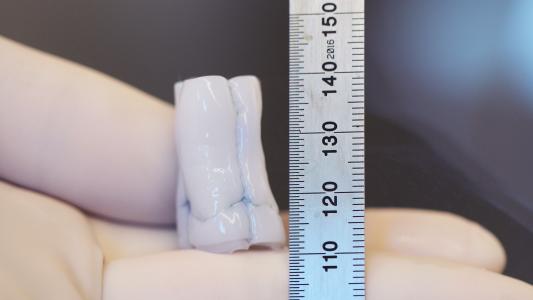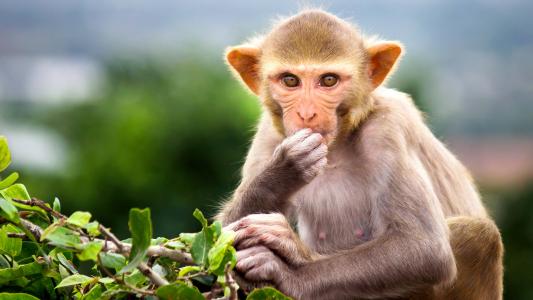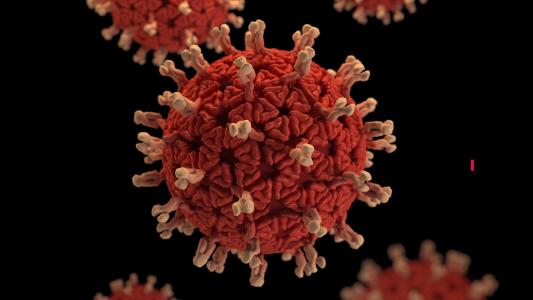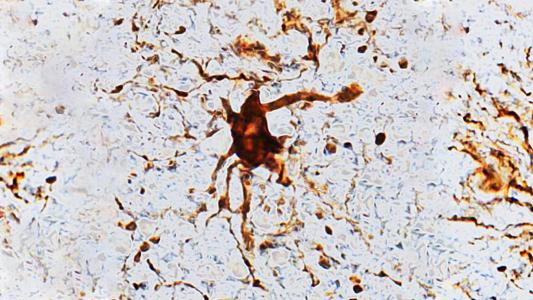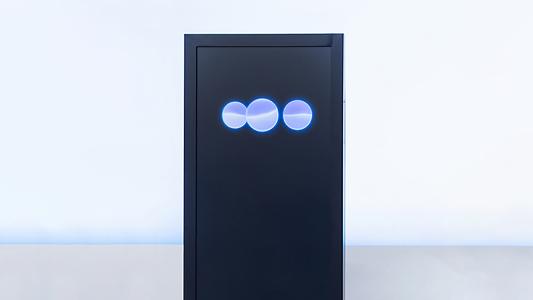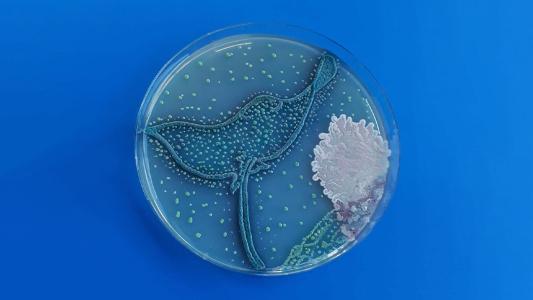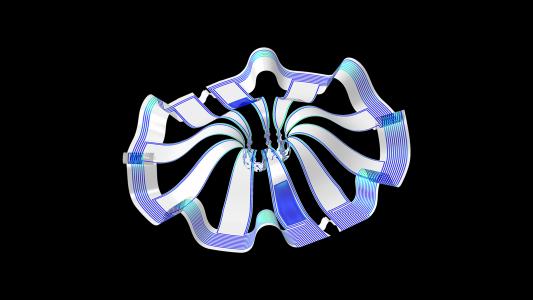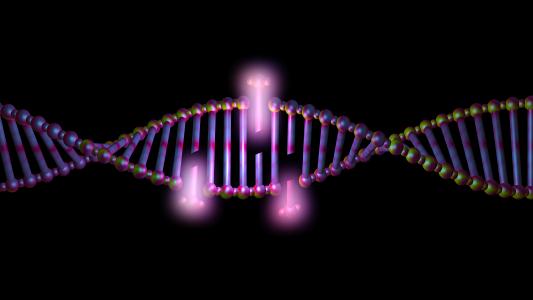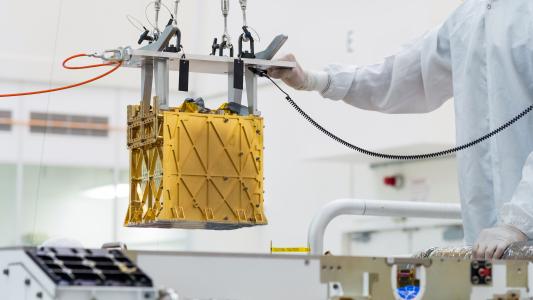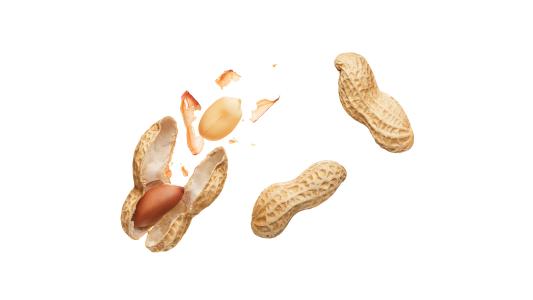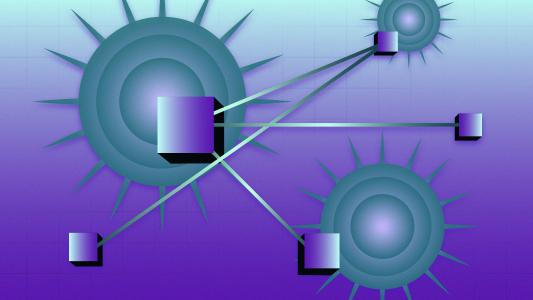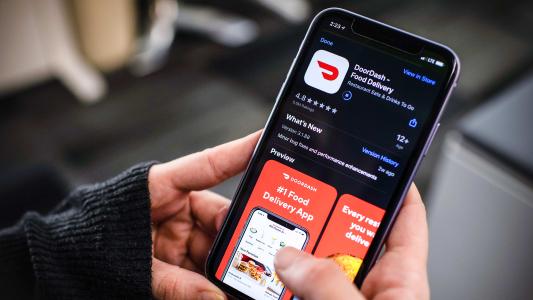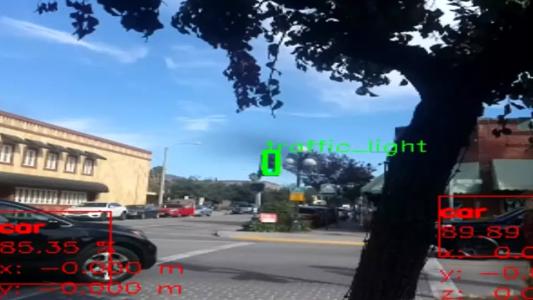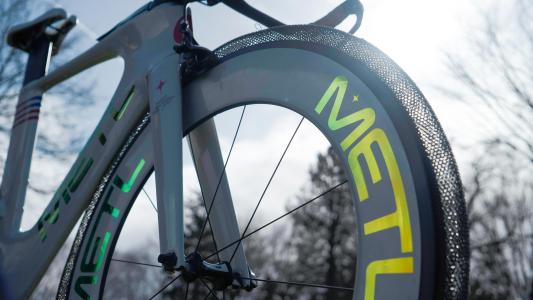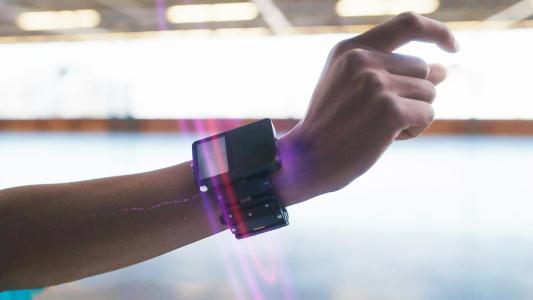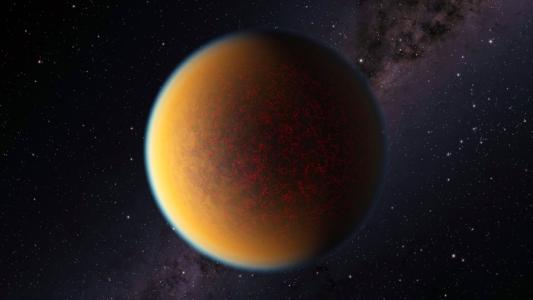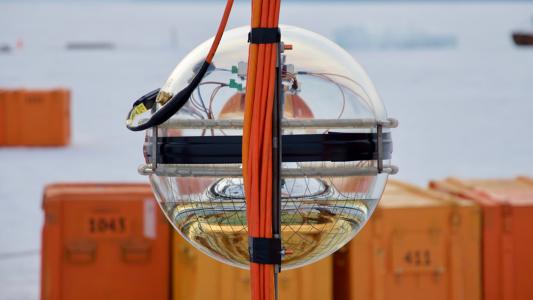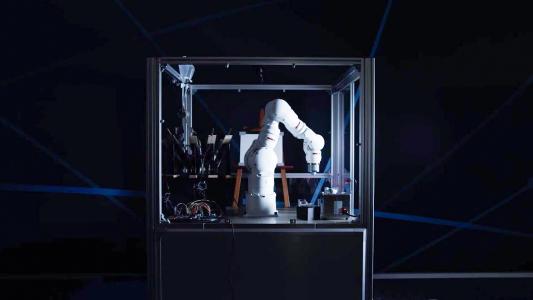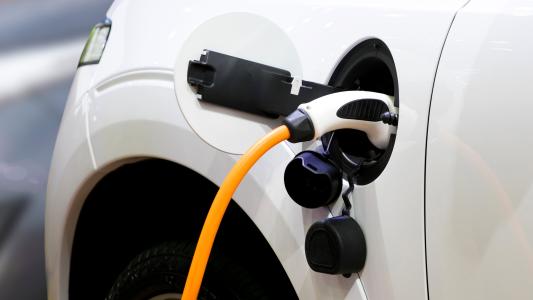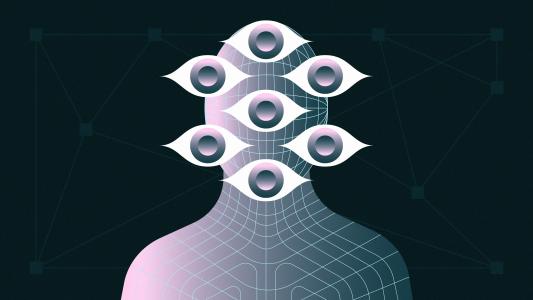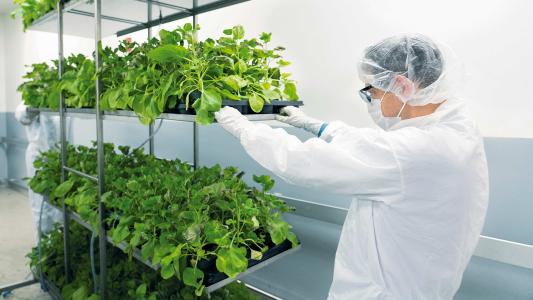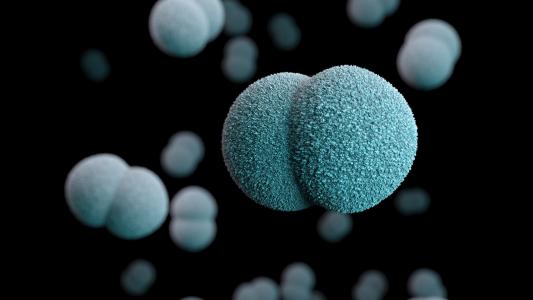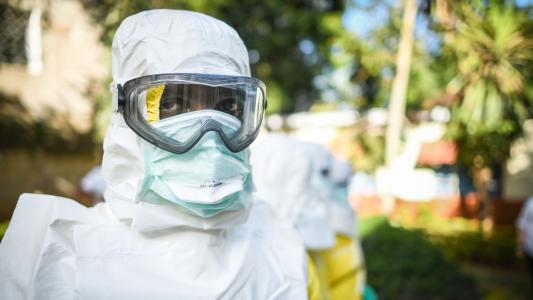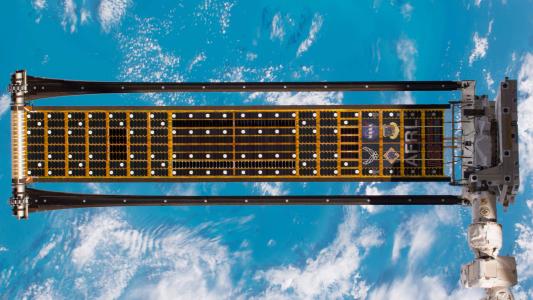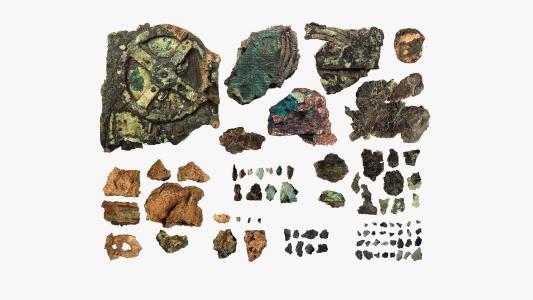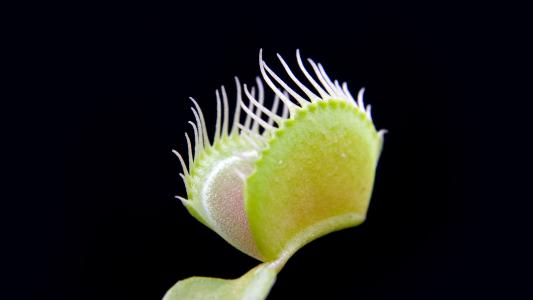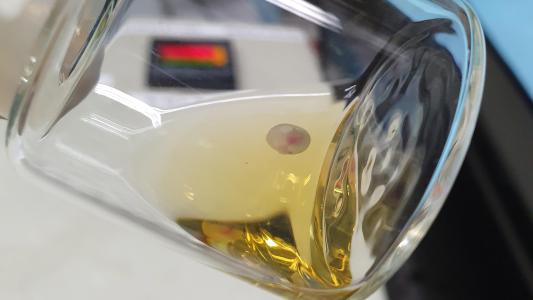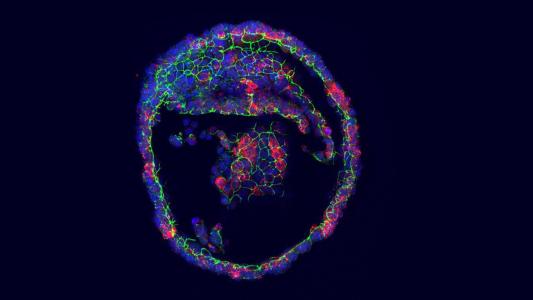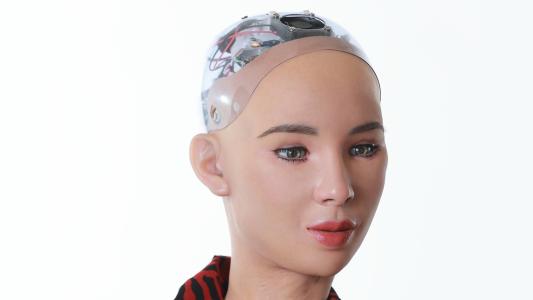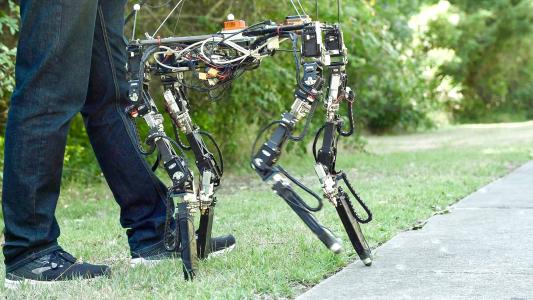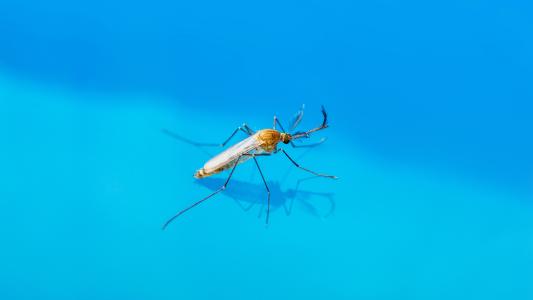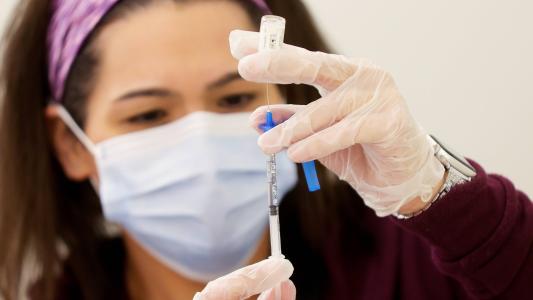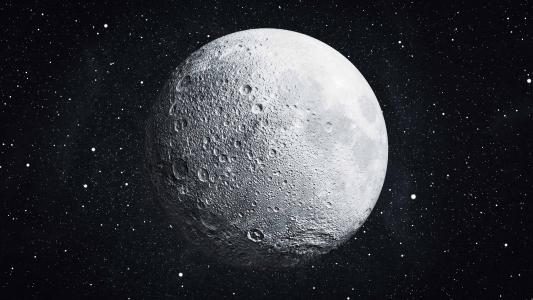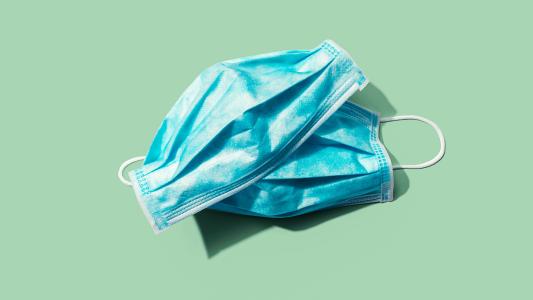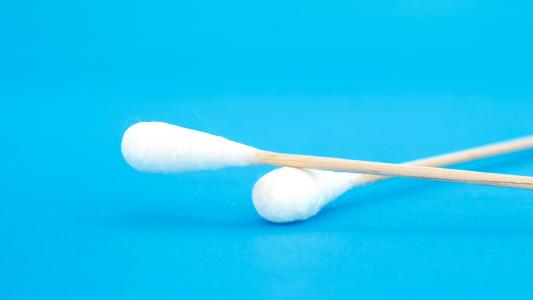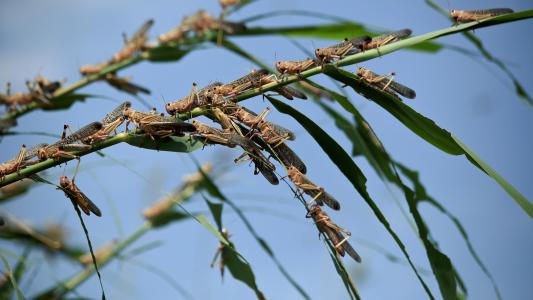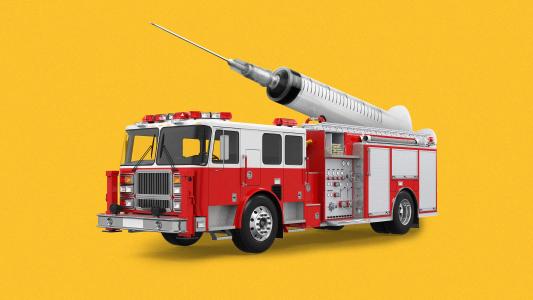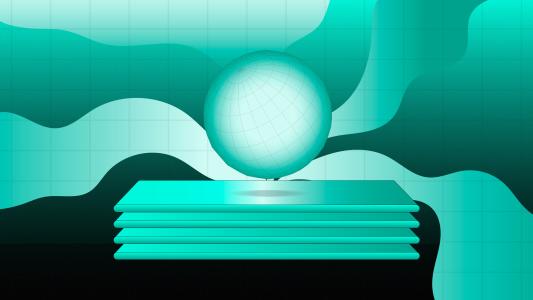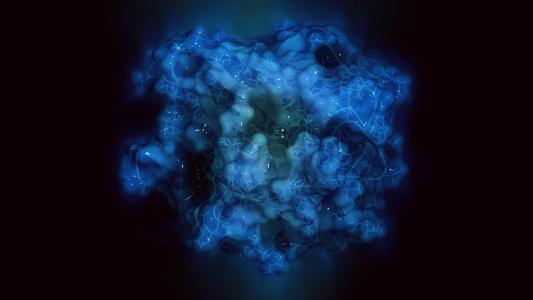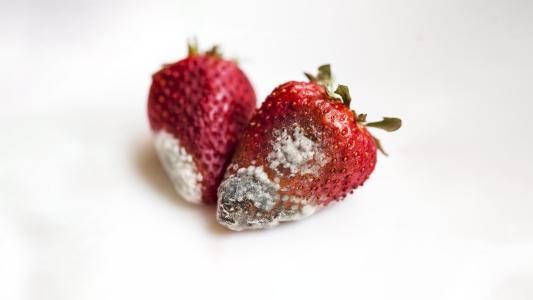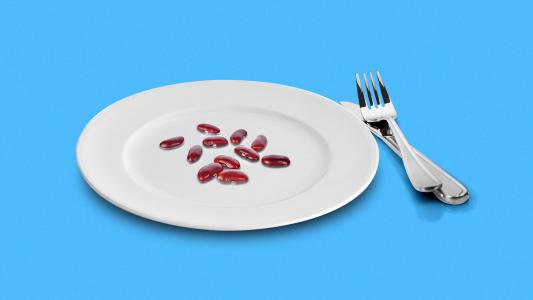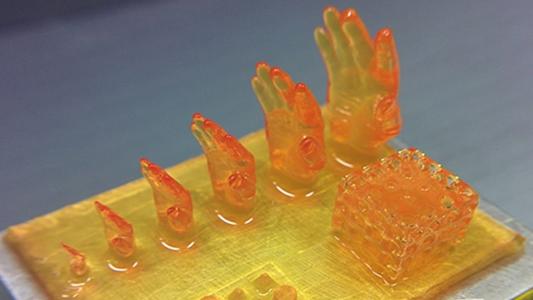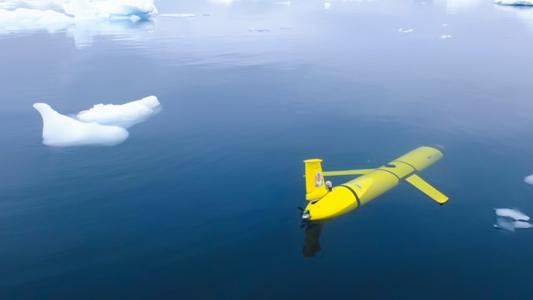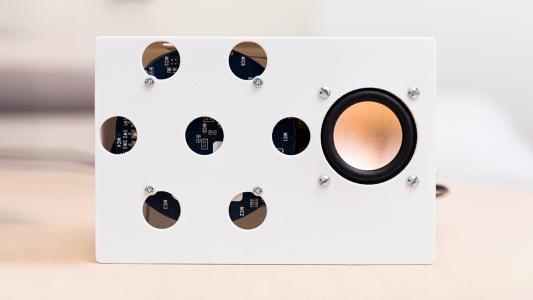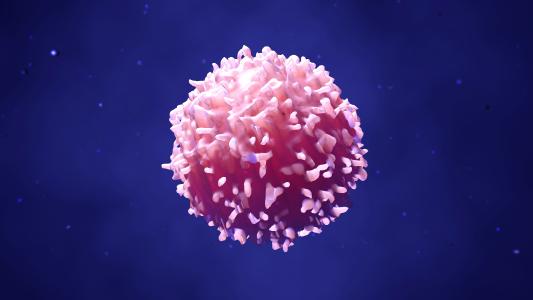Hologram pizzeria brings virtual happy hour to a new level
Virgin Media’s hologram dining experience, Two Hearts Pizzeria, let people feel like they were sharing a meal with loved ones located in another city.
Video game reveals your “soft skills” to potential employers
The Scoutible app reveals job candidates’ soft skills, which often don’t translate through resumes and interviews but are essential for success.
App helps families know what to do when someone dies
The Empathy app is designed to help grieving families know what to do when someone dies and then actually guide them through the tasks, step by step.
Human hair makes perovskite solar cells more efficient
Perovskite solar cells featuring a layer of carbon nanodots made from human hair were more efficient and stable than those without the dots.
The future of ‘live’ is hybrid, real-time, and interactive
A new study reveals that audiences still plan to attend virtual events—and in-person live events with virtual features—in a post-vaccine world.
Phone cameras can now measure your pulse and breathing
A team of researchers has developed an algorithm to measure pulse and respiration rate during a telehealth appointment using your device’s camera.
Artificial photosynthesis machine improves itself over time
An artificial photosynthesis device that gets more efficient with time could finally allow us to harness solar energy for uses beyond electricity.
Scientists measure Mars’ core — and it is shockingly big!
For the first time, scientists have measured Mars’ core — and found it is much bigger than expected.
New oral insulin tech replaces needles with nanoparticles
If the success of a new oral insulin delivery system in rats translates to people, it could entice more diabetics to pursue insulin therapy.
Game triggers auditory hallucinations in mice and people
An experimental game that triggers auditory hallucinations in both mice and humans could lead to new treatments for schizophrenia.
A single gene turns on humans' rapid brain growth
Researchers have looked at gene expression in human brain organoids compared to other apes to discover the genetic mechanism crucial to triggering the human brain's rapid growth.
New approach for mRNA HIV vaccine passes first human trial
There is currently no HIV vaccine, but a new technique which produced specific immunity cells in humans may pave the way to one.
Penn scientists correct genetic blindness with a single injection into the eye
Antisense oligonucleotide therapy uses small molecules to alter RNA. Researchers have now used those molecules to alleviate a genetic form of blindness.
Can Hall thruster tech cut the cost of space exploration?
The spacecraft NASA is sending to study the Psyche asteroid will be powered by Hall thruster technology — marking its first use for deep space exploration.
Nobel prize-winning chemist helps invent synthetic mucus
Mucins, the long proteins in mucus, have an array of bacteria-fighting properties. These artificial mucins can act like the real thing.
How scientists finally got gene therapy to work
Gene therapy shows promise for treating diseases and the longstanding mysteries of medical science. But what is gene therapy and how does it work?
Will the next space station be made of fabric?
NASA is considering an inflatable space habitat designed by Sierra Nevada Corporation as a potential space station of the future.
Injectable “glue” helps heal traumatic brain injury in rats
By injecting a “brain glue” into rats, researchers were able to speed up their recovery after a traumatic brain injury.
A major Huntington’s trial has failed. Here’s why there is still hope.
A simple genetic test can determine a person's fate for one of the worst diseases on the planet. But research offers new hope for Huntington's disease.
Robot dog helps military students “survive” combat training
A military school recently used Spot, a robot dog developed by Boston Dynamics, during combat training exercises.
Ex-Walmart employee aims to solve America’s food waste problem with AI
In partnership with Ford
Food waste makes up nearly a quarter of landfill material. A new startup aims to change that by automating the process of trucking produce with artificial intelligence.
Argentina’s songbirds explain a mysterious type of speciation
With the help of a group of songbirds, researchers have uncovered the mystery of an evolutionary process called “sympatric speciation.”
Fireflies may use “musical armor” to keep bats at bay
Fireflies’ primary aposematic signal that they’re poisonous may not be visible to bats, so the bugs appear to have a second, sound-based warning sign.
Spinach skeleton becomes base for lab-grown meat
After spinach leaves were stripped of their plant cells, the skeletons were used as a scaffold for lab-grown meat.
What is the future of wave energy?
The Federal Energy Regulatory Commission has approved the first commercial-scale, utility grid-connected test site for wave energy.
These movers fight food insecurity one home at a time
The nonprofit Move for Hunger works with local moving companies to collect and donate food people would normally throw away during a move.
Pfizer’s COVID-19 vaccine 100% effective in adolescent study
Pfizer’s COVID-19 vaccine was reportedly 100% effective in a trial involving more than 2,000 adolescents between the ages of 12 and 15.
The surprising cure to cybersickness – using VR underwater
Cybersickness is similar to motion sickness, but it comes from using electronic screens like virtual reality. A new study shows that aquatic VR could be the cure.
New cancer treatment uses “hot blood cells” to target tumors
A new cancer treatment combining immunotherapy, photothermal therapy, and modified blood cells was highly effective in mice.
The next generation of living machines: xenobots 2.0
Made from the stem cells of a frog, “Xenobots” are tiny living machines. And researchers have just debuted version 2.0.
This “hamster ball” robot could explore lunar caves
The spherical Daedalus robot may explore lunar caves during future ESA moon missions, looking for places that could potentially host human settlements.
These color-changing sutures can catch infections
Iowa high school senior Dasia Taylor has invented color-changing sutures that can catch an infection early.
“Saylists” use song lyrics to help kids with speech disorders
Apple Music’s new “Saylists” contain songs with lyrics designed to help kids overcome speech disorders in an entertaining way.
Deep brain stimulation: explained
Deep brain stimulation is being studied as a treatment for any number of neurological and psychological conditions. But what is it, exactly?
Space bacteria could help astronauts grow plants on Mars
A brand new species of bacteria has been discovered on the International Space Station — and it could one day help astronauts grow plants on Mars.
Singapore’s solar concentrator funnels daylight underground
This compact solar concentrator could be the perfect daylight harvesting device for Singapore’s underground spaces.
Wireless brain-computer interface moves out of the lab
A new wireless brain-computer interface was able to record and transmit brain signals as effectively as the “gold standard” wired systems.
Electricity transformed the world. Superconductivity could do it all over again.
Scientists are on the hunt for a superconductor that works in higher temperatures and lower pressure.
Extreme E is bringing electric SUV racing to the ends of the Earth
With climate change and gender equity at its core, Extreme E is bringing electric SUV racing to the wild.
Therapeutic bed could help prevent brain damage in babies
Calmer is a therapeutic bed for incubators that simulates a caregiver’s breathing and heartbeat to relieve stress in newborns.
An IBM quantum computer is being built at a US hospital
An IBM quantum computer is being installed at the Cleveland Clinic as part of the organizations' Discovery Accelerator collaboration.
Boston Dynamics unveils a new robot: Stretch
Boston Dynamics’ second commercial offering is a warehouse robot named Stretch that can lift and move 800, 50-pound boxes every hour.
This insect swiped a gene from plants to help itself survive
A plant gene has been discovered in whiteflies, marking the first known example of horizontal gene transfer of a functional gene between plants and insects.
Jets powered by food waste could take off soon
Scientists have devised a method for converting food scraps, animal manure, and used food oil into a type of paraffin that works as jet fuel in jet engines.
Scientists have created a heart valve implant that grows
Children may have heart valve replacement surgery 5 or more times. A lab-grown, growing valve may change that in the future.
AI uses sound waves to read the minds of monkeys
Functional ultrasound tech can be used to map the brain activity of monkeys, suggesting it might be useful for future brain-machine interfaces.
An explosive lake becomes a source of power
Lake Kivu in central Africa is on the verge of exploding. To prevent disaster, Rwanda is using the lake as a source of energy.
A common virus may be the key to a COVID vaccine for young children
Researchers have reverse-engineered a common children’s virus to show the spike protein, potentially leading to a new COVID vaccine for young children.
“Zombie” cells grow in the brain after death
After death, gene expression increases in the brain’s glial cells — and those “zombie” cells could affect how we study neurological disorders.
IBM’s AI debater could help you make better decisions
IBM’s Project Debater is trained to quickly craft well-researched arguments — and the AI debater could one day improve your decision making.
David Attenborough’s AR app puts dinos in your living room
The film David Attenborough’s Natural History Museum Alive now has a companion AR app that brings three extinct creatures to life in your home.
Stunning “agar art” grows pictures with bacteria and fungi
Agar art lets scientists tap into their creative sides by growing microbes into beautiful bioart scenes in petri dishes.
Researchers have built a mini-lab for mini-brains
Researchers have created a “tiny machine” to better study brain organoids, clumps of stem cells that simulate the brain.
It's now possible to diagnose concussions with saliva
Saliva was used to diagnose concussions with 94% accuracy, suggesting that an objective concussion test may finally be within reach.
CRISPR fixes rare mutation for the first time in a live animal
For the first time in a live animal, researchers have successfully reversed a gene mutation, called a “duplication mutation,” by gene editing.
The golden box that could create oxygen on Mars
MOXIE, an instrument designed to create oxygen on Mars from carbon dioxide, is now ready for testing on the Red Planet.
This startup is creating a toothpaste for your peanut allergy
Immunotherapy for allergies can help reduce allergic reactions, but it needs to be daily. Could toothpaste provide a solution?
IBM’s artificial intelligence may help us defeat superbugs
A new AI tool detected 20 viable drug candidates in less than two months
Transforming abandoned oil rigs into artificial reefs
Marine scientists are advocating for abandoned oil rigs to be preserved as artificial reefs to save endangered species.
New black hole image reveals swirling magnetic fields
A new black hole image depicts one of the supermassive objects in polarized light, making it possible to see its magnetic field lines.
DoorDash is now offering COVID-19 test delivery
DoorDash is now offering COVID-19 test delivery in 12 cities, bringing at-home COVID-19 test kits to people the same day they’re ordered.
AI backpack “sees” for visually impaired people
An AI backpack powered by Intel technology “sees” for visually impaired people, letting them know about any potential obstacles in their path.
Airless bike tires made of space-age metal never go flat
In 2022, a startup will begin selling airless bike tires that never go flat because they’re made out of a special NASA-developed metal alloy.
Facebook's neural wristband could replace keyboards
A neural wristband that allows wearers to control AR glasses by simply moving their fingers is under development at Facebook Reality Labs.
A distant exoplanet made itself a second atmosphere
A distant exoplanet, GJ 1132 b, appears to have created a second atmosphere for itself after being stripped of its first.
New underwater telescope could explain birth of the universe
The world’s second-largest neutrino detector is now observing “ghost particles” from below the ice of Siberia’s Lake Baikal.
This startup can make a digital twin of anyone
In just a few minutes, Hour One can produce a digital twin of anyone, capturing their likeness, expressions, and voice.
Can weather modification save us from megadroughts?
Scientists predict that the western U.S. is entering the most severe "megadrought" on record. One weather modification solution is cloud seeding.
Watch Japan’s latest robot painter in action
For SXSW’s AI Painting Project, a robot arm was trained to generate paintings based on given concepts and using a limited number of brushstrokes.
A battery revolution could make electric cars a reality for everyone
We'll need a new type of battery to make electric cars cheaper and convenient.
How to spot a deepfake? It’s all in the eyes.
University at Buffalo researchers have created a tool capable of spotting deepfakes with 94% accuracy. The secret’s in the eyes.
How artificial intelligence won the America’s cup
Emirates Team New Zealand designed one of the fastest America's Cup boats with the help of artificial intelligence.
A plant-based COVID vaccine is going into arms
A COVID-19 vaccine grown in plants is beginning phase 3 clinical trials.
Scientists brought to life 100-million-year-old bacteria
Researchers successfully resuscitated bacteria from the South Pacific Gyre that were buried under marine snow for 100 million years.
Virus hidden in human for years may have caused new ebola outbreak
A genetic report shows that a survivor of the 2014-2016 Ebola outbreak in Guinea is likely to have begun the latest episode.
Solar panels in space could beam continuous energy back to earth
Capturing the sun's boundless light in space could revolutionize how we distribute energy around the world.
Ancient computer found in shipwreck decoded by scientists
A new model explains how an ancient computer known as the Antikythera Mechanism could have made complex astronomical predictions.
Researchers have developed a “plant communication” device
Plants emit weak electric signals. Researchers have developed a device to read and send signals back — a type of “plant communication.”
Researchers have grown a mouse embryo in a bottle
Researchers have grown a mouse embryo outside the uterus for longer than ever before, opening up the door to learning more about how mammals grow.
Scientists grow tear gland organoids that can actually cry
Researchers have grown tear gland organoids that can actually cry, a potential breakthrough in the treatment of dry eye disease.
Sophia the Robot joins NFT frenzy
Sophia the robot has created digital art that will be linked to an NFT and sold — making her the latest to join the art world’s current craze.
Quadruped robot can break a leg and keep going
Dyret is a shape-shifting quadruped robot that can change the length of its legs. This helps it walk across different terrains or account for any injuries.
One mosquito protein weakens several deadly flaviviruses
A mosquito protein that targets the viral envelope of flaviviruses, inhibiting their activity, could help doctors treat several life-threatening diseases.
Facebook’s vaccine hunters are helping Americans get vaccinated
COVID-19 shots are here, but making an appointment can be a pain. Vaccine hunters are playing matchmaker on Facebook to get jabs into arms.
Russia and China plan to put humans on lunar space station
Russia and China have agreed to collaborate on a lunar space station where humans might one day live and work.
US will spend $1 billion studying long COVID
The U.S. is dedicating $1.15 billion to studying long COVID, a condition in which survivors experience long-term effects of COVID-19.
Nurse’s smelling “superpower” leads to skin swab test for Parkinson’s
Researchers developed a skin swab test for Parkinson’s after studying a woman’s strange ability to smell the disease.
This Kenyan startup is turning locust swarms into animal feed
The locust swarms in East Africa are destroying crops, but The Bug Picture plans to transform them into profits.
Texas firefighters deliver COVID-19 vaccines to seniors
Firefighters in Corpus Christi are delivering COVID-19 vaccines to homebound seniors.
MIT’s new AI can make holograms in real-time
MIT trained an AI to generate photorealistic holograms in milliseconds using just the processing power of a smartphone.
New drugs are taking the fight to lung cancer
KRAS mutation, which causes tumors to form, was long considered “undruggable.” But new drugs could be approved by year’s end.
Plants make their own mini weapon launchers to fight off fungus
Scientists engineered plants to stop fungus that causes grey mold. This could lead to natural fungicides that protect food crops without toxins.
SpaceX targets moving vehicles with Starlink satellite internet
SpaceX has asked the FCC for permission to attach terminals for its Starlink satellite internet to larger vehicles, such as trucks, airplanes, and boats.
Austin is facing food insecurity. This student is on a mission to solve that.
In partnership with Ford
A med student thinks the key to reducing food insecurity is through transportation. He launched Good Apple, a healthy food delivery service for families in need.
Doctors can now see the lungs of a newborn breathing
There’s a lot about newborn breathing doctors don’t know, but a new imaging technique that can record a baby’s first breaths is pulling back the curtain.
New method for making 3D printed organs is 50 times faster
A new technique for making 3D printed organs uses hydrogels and light to print at speeds 50 times faster than conventional methods.
Underwater gliders could soon run off of the ocean’s changing temperatures
California company Seatrec wants to bring their temperature-harnessing generator technology to underwater gliders.
New AI tool checks up on ocean health from space
Researchers have developed a machine-learning platform that can rapidly process ocean color from satellite images — giving data on ocean health.
New AI turns a smart speaker into a heart rhythm monitor
University of Washington researchers have transformed a smart speaker into a contactless heart rhythm monitor.
New test can show if you’ve had COVID-19, even if antibodies fade
The FDA has approved a T cell test for COVID, a first-of-its-kind assay that looks to the immune system’s memory.



